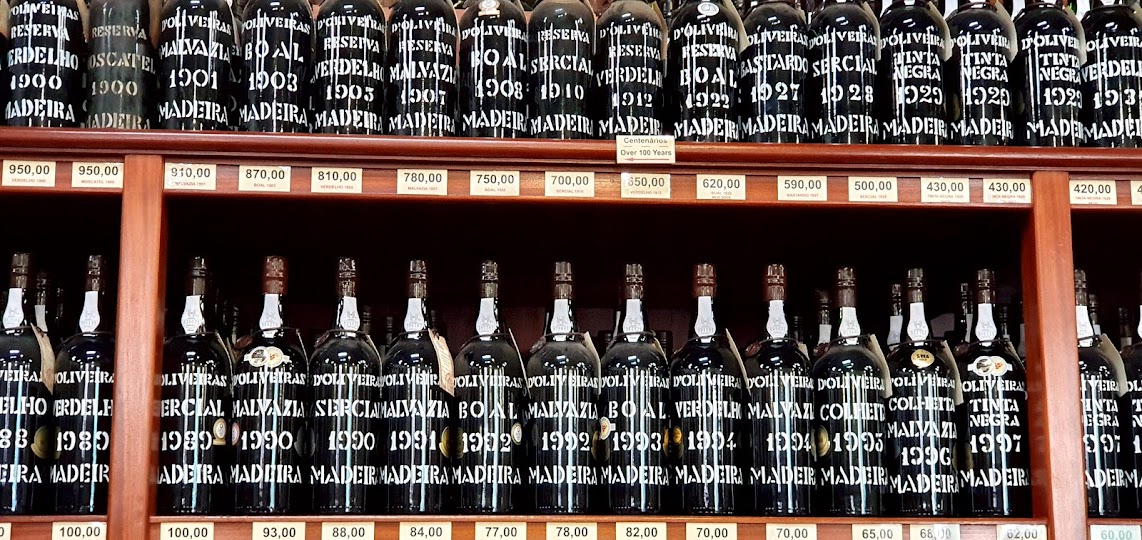For the first time ever in the UK, 11 producers were assembled in London to showcase the best known wine from Calabria. Cirò has long been well known, at least in Italy, but only after the turn of the century it has begun to attract international attention in light of the markedly improving quality of the products available in the market.
The Greeks were the first to plant vines in Calabria, then part of the Magna Graecia, and called their red wine Krimisa. The Greeks also introduced the "alberello" training which is well known in Sicily and notably in Pantelleria, and established wine as a staple production.
As always, it fell to the Romans to learn from Greece and take things a step forward. They organized and legislated so as to bring viticulture to a higher level of economic significance.
Later invasions from the French and the Spanish also contributed to further development while the Arabs inhibited the consumption of alcohol.
In modern times, quantity ruled over quality and too often wine from Calabria was shipped north in bulk, to offer its high alcohol content in blends with northern Italian as well as French weaker wines.
In an attempt to make Calabrian wines more widely appreciated, in 2008 laws were passed to allow for international varieties to be planted in the Cirò region. Some producers, however, opposed what they considered a betrayal of tradition and refused to follow the widespread fashion of using barriques as well. This resulted in a renaissance of pure gaglioppo wines, this time with renewed commitment to quality and greater investments in know-how and equipment.
The result could be seen at this tasting, with a number of high quality bottles that are sure to establish a new reputation for Cirò around the world.
Below are my tasting notes of what in my opinion were the best wines from this stimulating afternoon that turned out to be full of surprises.
Caraconessa Melissa Rosso Superiore 2019
75% gaglioppo, 25% greco nero
Organic production of 15,000 bottles since 2014. A relatively smooth wine, relatively to the structures of today's tasting that were on average quite powerful. Slight alcohol sensation. RRP £20. Score 89.
Cirò Rosso Classico Superiore Riserva Brinifé 2016
Red fruits and tertiary notes of leather and tobacco. A powerful and complex wine with a long finish. Ready now. You are lucky if you can get a hold of one of only 7,000 bottles produced.
RRP £44. Score 94.
Old vines planted in 1948 are the protagonists of this vineyard. Organic production for 25,000 bottles.
Liberaisensi Calabria bianco 2022
Made from guardavalle grape, a structured wine with toasted notes.. RRP £22. Score88
Il Marinetto Rosato 2022
An "orange" wine (only a few hours on the skin of gaglioppo grapes) then cement, no wood. A balanced and long wine. RRP £28. Score 90.
Cirò rosso classico superiore riserva 2020
A perfect balance and good complexity, surprising length.
RRP £ 28. Score 91.
Cirò rosso classico superiore riserva "Più Vite" 2016
A powerful wine, almost explosive, complex and long. Ready now no point waiting any longer. RRP £38. Score 93.
The house of Vumbaca was founded in 1984, there are now about 13 hectares of organically farmed vines, with a special project devoted to recuperating old vines by restoring them as saplings. The best overall producer of today.
Cirò bianco 2022
Greco bianco 100%
Very intense to the nose, balanced and long. Some vanilla notes reminescent of chardonnay.
RRP £ 20. Score 92.
Cirò rosato 2022
Gaglioppo 100%
Soft pressing of gaglioppo grapes, then just 3 hours on the skins.
As complex as roé wines will go, fruity and long.
RRP £20. Score 90.
Cirò rosso classico superiore 2022
gaglioppo 100%
A powerful nose gives way to a round palate and a long finish, very balanced.
RRP £22 Score 92.
Cirò rosso classico superiore riserva 2020
gaglioppo 100%
Full body, balanced, long and complex, this wine reaches the threshold of exceptional quality. Smooth and velvety secondary and incipient tertiary flavors that made me think it might be worthwhile to wait a few years to enjoy this wine at its peak.
RRP £39. Score 95.
OLD VINTAGES
On one side of the tasting room participants were presented with a table lined up with old vintages. The verdict is that some Cirò wines are now capable of aging very well indeed, which could perhaps be the most significant take away from this event.
’A Vita, Cirò rosso classico superiore riserva 2014
Good tannins, balanced structure, ready with 1-2 more years ahead. Score 90
Cataldo Calabretta, Cirò rosso classico superiore riserva 2013
Light garnet color denotes a mature wine, alcohol is predominant. Score 86
Cote di Franze, Cirò rosso superiore classico 2011
Balanced and long, moderate complexity. Score 91
Fezzigna Vignaioli, Melissa rosso superiore 2016
A complex with with a few years ahead. Score 91
Fratelli dell'Aquila, Cirò rosso classico superiore 2016
An intense nose, balanced and long. Score 92
Sergio Arcuri Cirò classico superiore riserva Più vite 2013
A bit astringent, alcohol sensation, probably past its peak. Score 86
Tenuta del Conte, Cirò rosso classico superiore 2012
A balanced wine with a thin ending. Score 86
Vigneti Vumbaca, Cirò rosso classico superiore 2019
Strong tannins give good structure which is partially disturbed by a strong alcohol sensation. Score 85






















